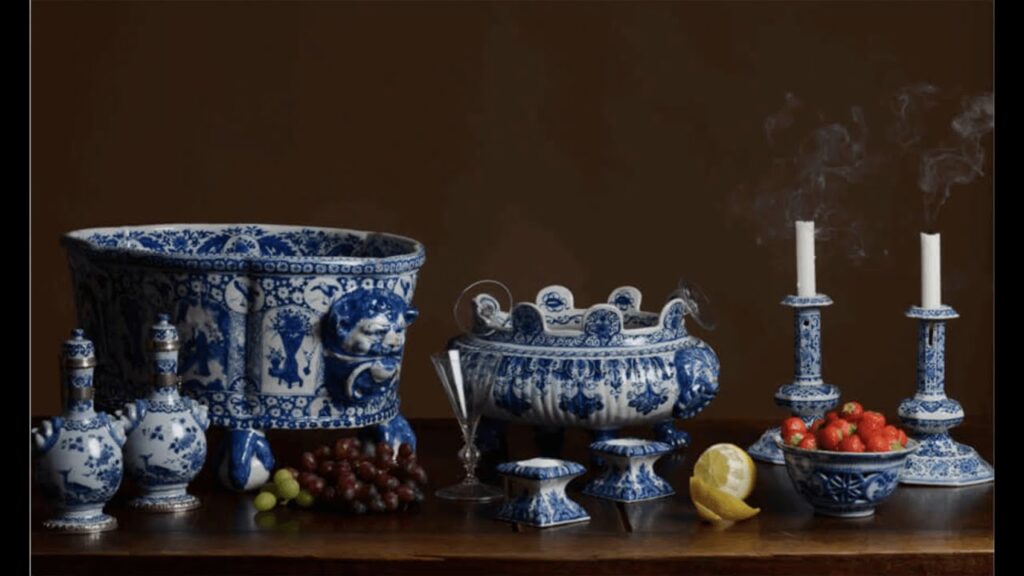Dutch Delftware is initially a result of the first connection between the Dutch East India traders (VOC) and China. Initiated by the demand for the waning importation of Oriental porcelain from the 1640s, Delftware quickly became an iconic national product.
From the 1680s the Delftware industry constantly innovated with new shapes, decorations and functions. Their products were coveted by European nobility and royalty for their quality and diversity.
The city of Delft rapidly became an inspiration to many European and even Oriental potters. Fifth generation specialist Robert Aronson takes you past several objects and discusses five things to remember when looking at Delftware.


Wonderful video, tells a lot ! What a beautiful little city Delft, I visited many years ago with my sister who was living in Rotterdam at the time.
So polished!
Very useful for me, Thank you for this nice speech.
Very interesting presentation
Helo ok
Information use full to me about difference between ceramic and porcelain I am fond of Chinese old Pottery.
I’m interested in what he is saying and his knowledge is sexy
Gawd my anxiety level watching him handle these ancient delicate objects! I was sweatin 😳
As a novice collector this video has illustrated many details to look for when purchasing Dutch delftware. I feel much more informed. Now I am trying to learn how to distinguish the various types of delftware as The Netherlands was not the only country making this popular pottery. I have been unable to find resources on how to identify Dutch vs English vs German vs French (not as difficult). Is it the type of clay used? The tint of the glaze? I have several books of markings and the Internet Archive has another excellent book. But there must be more than looking at factory marks. Thanks!
Excellent presentation. Thank you.
Superb!! Thank you very much.
So beautiful.
Absolutely mesmerizing on your wealth of knowledge pertaining to the history of porcelain and pottery. I am impressed. Thank you and best regards,
Darryl
Very educative. Thank you.
I have a Tang dish with a corner chipped exposing Terracotta under the glaze.
Very interesting. I have seen this style many times and I always wondered what it was called. Thank you.
Great documentary! Well done! Thank you!